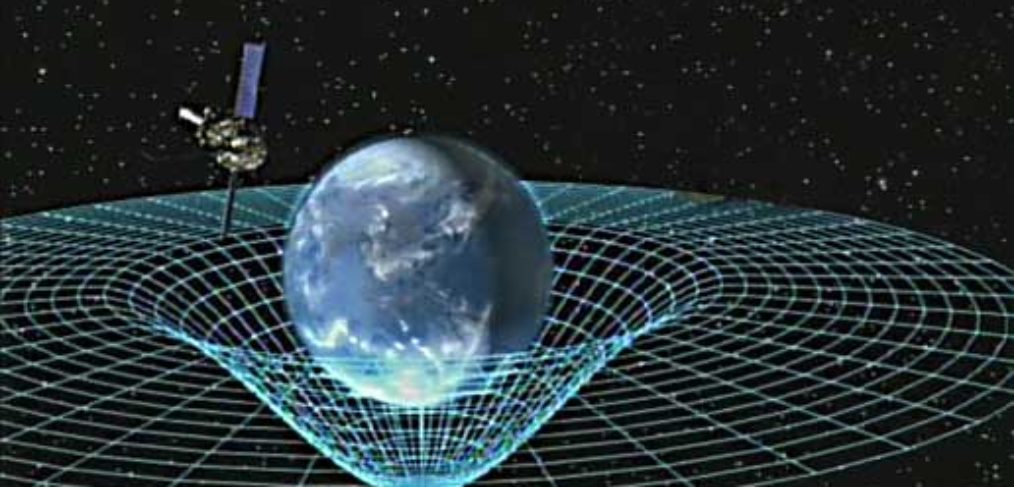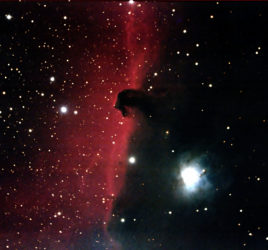
Relativity is Over 100 Years Old and Still Going Strong
Albert Einstein published his Theory of General Relativity in 1915.
In his revolutionary Theory of Relativity he broke away from Newtonian Physics and fused space, time, matter and energy into an inseparable malleable continuum with the speed of light as an absolute. Newton had the physical meter and the temporal second as absolute immutable constants. Physical things made of matter existed in a grid work of the three dimensions of space. Time was entirely separate and useful for measuring motion through the grid.
Maxwell and Lorentz point out that the speed of light is a constant.
Maxwell’s equations described electromagnetic waves and set the speed of light as a constant “c”. Lorentz explored the logical implications of that and became aware that the meter and second may not be constants at all. Neither Maxwell nor Lorentz could make the break from Newtonian Physics and had to await the results of the Michelson-Morley test of the speed of light that confirmed their equations. Physicists in general could not resolve the paradox of the speed of light that would break the constancy of the meter and second. It was Einstein who formalized that realization and defined a new concept of space-time where matter warps time and space and the speed of light is an absolute speed limit and constant. An artifact of this point of view is that mass is also relative to motion and thus we can derive the mass energy equivalence equation: E=mc2. Matter moving relativistically has increased mass. Matter can be converted into energy.
Relativity in practical application.
The GPS system is an example of a practical relativistic system. The GPS satellites orbit at about 12,550 miles above the ground. They are travelling over 8,665 miles/hr. and clocks will run slower than a clock at rest on the ground (about 7 nanoseconds slower due to speed, time dilation). Then also in accordance with relativity, the satellites are in a weaker gravity field due to their altitude from Earth, thus those clocks will run a bit faster due to the milder bending of space (about 45 nanoseconds faster due to weaker gravity). The net effect is that GPS clocks run 38 nanoseconds faster than Earth based clocks. If not corrected for, it would produce a 6-mile error drift per day in position. Another effect is that if we ever develop near light speed travel, it would take much shorter times to make long interstellar trips. For instance, if we could travel at 99.9999% the speed of light to Alpha Centauri, an earth based observer would watch you take 4.5 years to get there and 4.5 years to return. The traveler would only experience about 288 days one-way due to relativistic time dilation and length contraction. The faster you go, the second gets longer and the meter gets shorter. So, the required food and consumables would be much reduced in this scenario.



